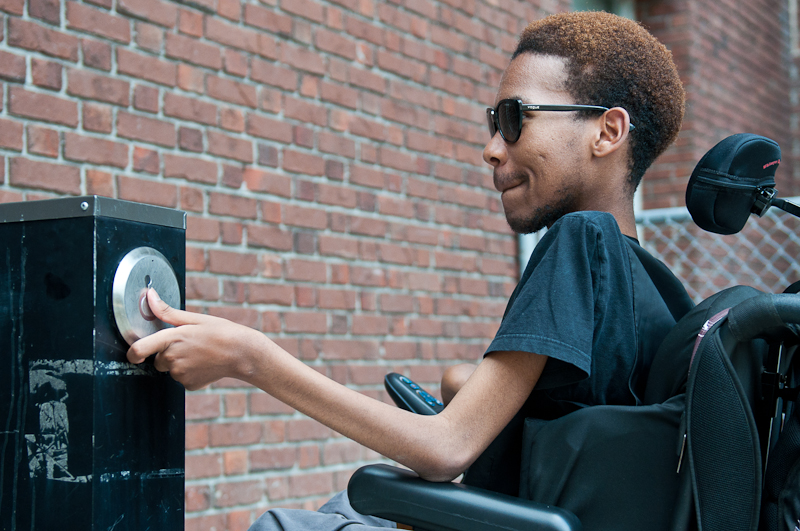
While Carleton University student Nathan Bragg is circulating a petition critiquing the accessibility of his residence, Queen’s University is in the midst of planning new residences with “accessibility top of mind.”
“Education should be accessible to all of the students and everyone should be able to acquire an education and physical barriers should especially be addressed,” said Katie Conway, social issues commissioner at Queen’s University.
Queen’s recently unveiled its plans for two new residences which were heralded as “having accessibility top of mind” by the university. The buildings will have two elevators, some barrier-free bedrooms, common lounges that are wheelchair and motorized vehicle accessible, larger hallways, and gender-neutral washrooms.
The definition of accessibility in the design world is evolving, Conway said.
“There’s more to disability than building a large enough elevator or ramps . . . there’s widening hallways, having accessible washrooms,” she said.
In a 1992 survey of accessibility, researchers found rooms and classes were often designed to be accessible for persons with physical disabilities, but common rooms were not.
About a decade later, common spaces in newer residences are fully accessible, in addition to many of the clubs, which have transitioned to newer buildings at Queen’s, Conway said.
Many universities and colleges were built in Canada “before accessibility standards came into place,” according to a report from the National Educational Association of Disabled Students (NEADS).
As universities across Canada build new residences to accommodate an increasing numbers of students, they are being designed more with accessibility in mind, Conway said.
The University of Manitoba, University of Calgary, and Carleton are among a large number of universities building additional residences.
At Carleton, newer buildings are generally getting more accessible but there is a lot of room for improvement, said Adil Tahseen, an administrative co-ordinator at Carleton’s Disability Awareness Centre (CDAC).
Bragg, a student and resident of Stormont House, is currently circulating a petition calling for increased accessibility after the elevators were not working for a short period, Tahseen said.
Carleton has fairly accessible residences but it could certainly use more functioning push buttons, level ground, sliding doors and open spaces, Tahseen said. For example, Renfrew and Lanark House do not have an elevator.
Many of these are small changes that could easily and inexpensively be made, instead of waiting to implement changes in new buildings, according to the NEADS report.
“As upgrades are made and new buildings replace old buildings over time, the goal should be to promote campuses that are fully accessible to everyone,” said the report.
Design is only one part of making residence accessible.
Groups across campuses, like CDAC at Carleton, focus on creating accessible events and offering support to students who are on and off campus, Tahseen said.
Still, residences’ physical design is the first step in making a “home away from home” accessible, said Zainah Santur, CDAC program co-ordinator.
University is just as much being independent as it is about learning, both of which can be compromised when spaces are inaccessible, Santur said.
“If you’re not comfortable [in your own residence] how do you think you’ll perform academically?”





